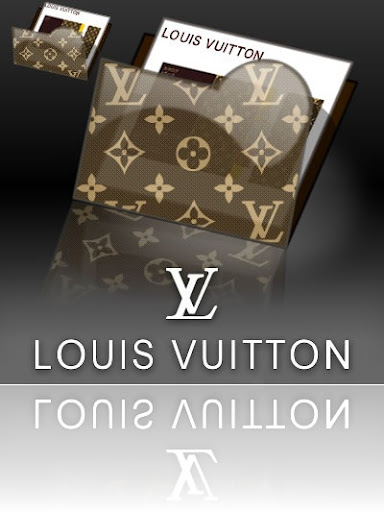
The country will be the new battleground for the world’s largest and second largest food companies
Kraft’s $19.7-billion acquisition of Cadbury Plc pits the world’s second-largest food company against its arch rival Nestle, the world’s largest player in the organised food space, in a market like India, which is an important one for most food companies today.
Till the Cadbury acquisition, Kraft had no meaningful presence in the country despite its best efforts to find a foothold here. At the moment, Kraft has a sales support office in Gurgaon, which it set up some four years ago after entering into a distribution agreement with two companies — Universal Corporation and Barkat Foods & Tobacco — to push three products, powdered flavoured drink Tang, chocolate brand Toblerone and biscuit brand Oreo. Of the lot, the most visible product is Tang with four flavours — Orange, Mango, Pineapple and Lemon — in both satchets and pouches.
A Tang satchet, for instance, costs Rs 4, while a 200-gram and 500-gram pouch costs Rs 35 and Rs 80 respectively. There are additional flavours as well such as grape variant, which is available via grey channels. A Kraft official says that Tang is positioned as a mass-market product in India. That is not the case with Toblerone or Oreo, he says, which are priced at Rs 50 for a 50-gram pack and Rs 45 for a 100-gram pack respectively. “The latter are premium products,” he adds.
The Cadbury acquisition, however, will give Kraft instant access to the mass-market chocolate and confectionery segment in India, helping it seal its presence at both the mass and premium ends of the spectrum. Cadbury, for the record, has a 70 per cent share in the overall chocolate market in India.
Moreover, Kraft will utilise Cadbury’s existing distribution network to push its own allied products such as Kraft cheese, say industry insiders. Indians, especially those with one or more members working in the Gulf, are familiar with the blue-coloured circular box that has the picture of a cow on it. Kraft cheese has been circulating in India through grey channels for long. The company, say industry observers, is likely to leverage this familiarity that Indians have for the product by quickly launching it in India.
This in a sense would mark its foray into the dairy products space — a market that is growing fast in India. Kraft, say industry insiders, has no desire to waste time in tapping the market potential that exists across segments of the food chain. So biscuits, snacks, confectionery, chocolates, dairy products, flavoured drinks are areas where its attention will be focused.
Analysts, however, say Kraft may find the going tough in the foods space in India. While giants such as Hindustan Unilever has been struggling with its foods business for long, there is enough competition already.
Nestle, for one, has had a presence in India for over four decades now with products in four categories — milk products and nutrition, beverages, prepared dishes & cooking aids and chocolates & confectionery. Groupe Danone, the world's largest yoghurt maker, on the other hand, formed a joint venture with Yakult Honsha Company of Japan in 2005-06, to launch its probiotic products in the country. At the moment, the company has Yakult, a pro-biotic health drink, endorsed by Bollywood actress Kajol, in the marketplace.
GSK Consumer Healthcare, another key player in the food & beverage space, has also been in India for long with products such as Boost, Horlicks, Maltova and Viva. It recently forayed into nutri bars under the Horlicks brand in addition to biscuits, which it did so in 2005. Then there are Heinz and Unilever with their portfolio of products in ready-to-eat, ready-to-cook, cooking aids, beverages etc.
This is not to forget domestic foods companies like Amul which have aggressive plans in the food space and have a considerable market share already.
Source - Business Standard

